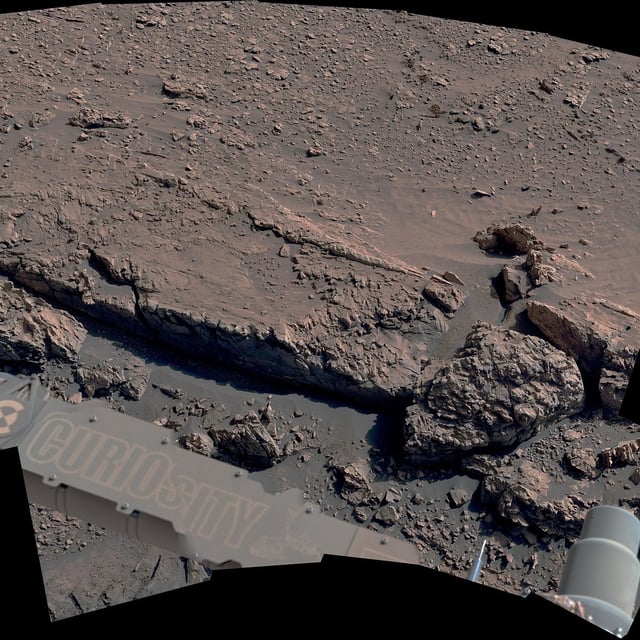Overview
- Curiosity obtained the first close-up images of spiderweb-like boxwork ridges on Mount Sharp’s slopes, offering in-situ views of these features.
- The intersecting ridges span about 12 miles and formed when mineral-rich groundwater deposited cementlike layers in rock fractures that later resisted wind erosion.
- Scientists were surprised to find returning calcium sulfate veins at this elevation, prompting new questions about shifts in Mars’ ancient subsurface water chemistry.
- Using its drill, Curiosity is collecting rock samples from the spiderweb site to search for organic molecules that could signal past habitable conditions.
- This groundwater evidence builds on earlier Curiosity discoveries of ancient riverbeds and megaflood deposits, deepening insights into Mars’ once-lush environment.

